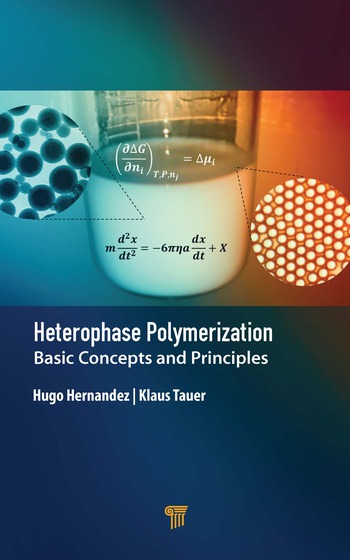Ask Dr. Dave
QUESTION: We are manufacturers of steel toecaps for safety footwear. We need to apply a PVC strip with an adhesive to the back edge of the toecap to prevent the cap's back edge from cutting through the finished shoe. Our problem has been that the cap is treated with a rust preventative that is a 5% oil-in-water emulsion. The rust preventative is needed to meet a corrosion requirement of an ASTM standard, but we haven't been able to find a quick-acting adhesive that will bite through it and give us a good bond. Can you recommend anything?
ANSWER: Bonding to oily surfaces has always been a problem for many types of adhesives. You should consider using a reactive acrylic adhesive (sometimes called MMA adhesives) for your application. These adhesives are fast curing, flexible and well known for successful bonding to oily surfaces.
QUESTION: I've developed an art process that I wish to take to manufacturing, but I cannot sell my product until I am sure it won't fall apart or discolor. My problem involves laminating a 1mm-thick copper panel to 3/16"-thick (or thinner) glass. (My panels are 2 feet square.) I tried using polyester resin with a catalyst on my first test pieces, both with and without sanded surfaces, but the samples de-laminated very easily and I had air bubbles in the cured adhesive. The adhesive must be clear and never yellow. It must tolerate a ferric chloride solution for 30 minutes, and I think it needs to be flexible because of the different thermal expansion rates of the glass and copper. Any suggestions?
ANSWER: I would not recommend a polyester adhesive for this application - it will be too brittle, have poor adhesion and its high viscosity tends to produce air bubbles when the catalyst is mixed in. You should consider using an optical-grade adhesive for the application. These adhesives are designed to give good adhesion to glass and metals, and to resist yellowing caused by UV light. The most common adhesives are based on epoxies or acrylics. Epoxies have been used for many years for optical applications and can be heat-cured or used with a separate hardener. Epoxies tend to be quite rigid, but might work for you if your temperature cycling is not too severe. For example, epoxies have been used successfully for many years to bond stainless steel needles into glass syringes. Some modern optical adhesives are now based on 100% acrylic adhesives, which are capable of being formulated to produce quite flexible systems that are very resistant to thermal cycling. Acrylic adhesives can be cured by heat, with a catalyst or by UV radiation. Air bubbles in your system should not be an issue if you use a one-component adhesive with a heat cure or UV cure. If you choose a two-part system, air bubbles can be mitigated by careful mixing or removed by pulling a vacuum on the mixed adhesive.
Q&A Exchange is written by Dr. Dave Dunn of F.L.D.Enterprises, a technical consultancy and full-service industrial market research firm specializing in the adhesives, sealants, specialty rubbers, and plastics fields. Dr. Dave is a former vice president and director of Loctite Corp., and has spent many years troubleshooting adhesive and sealant problems. Questions for publication should be directed to him at 242 Trails End, Aurora OH 44202; (330) 562-2930; FAX (865) 251-9687; e-mail DrDave242@att.net; or visit http://www.fldenterprises.com
Looking for a reprint of this article?
From high-res PDFs to custom plaques, order your copy today!





